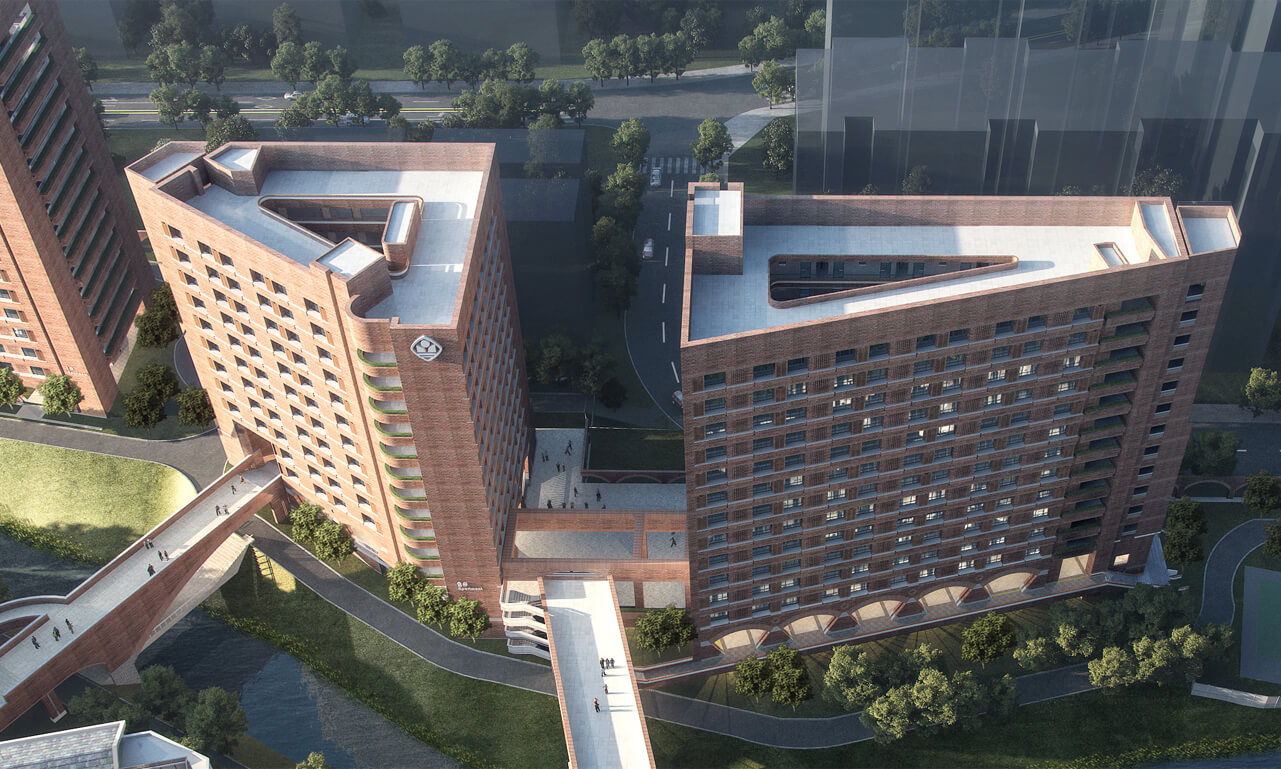
We apply the MiC integrated building technology to split an elevator into MiC modules. The elevator shafts, circuit pipelines, elevator components (such as guide rails, counterweight frames, elevator doors), and exterior walls are installed in an integrated manner in the factory. After the prefabricated elevator pit is installed on site, the MiC modules of the elevator are lifted and installed and pipelines are connected to quickly put the elevator into use. It not only improves the installation efficiency, but only reduces on-site noise and solid waste during the construction, providing users with a more comfortable installation and use experience.

-
Intelligent O&M

-
Digital construction

-
Industrial production

-
Modular design

enjoy the convenience of technology
The elevator installation project of Shenzhen Middle School (Nigang Campus) installs eight 1.6T elevators for four student dormitories (two elevators for each building), with a floor area of about 2,100 m2. The project adopts the MiC integrated building technology and uses 108 E-MiC modules of seven types for high-rise elevators.
The project has been put into operation after being completed and accepted on June 30, 2022. It took just 66 days from foundation construction to delivery. The project is a pilot project for new building industrialization in Shenzhen, which is the first high-rise dual-car elevator product adopting MiC technology in China.
The elevators are equipped with elevator sentries, built-in car data acquisition devices, safety circuit sensors, and car emergency recognition modules. Real-time monitoring is performed for the safe operation of elevators. They are connected to Shenzhen's "Smart City" regulatory platform according to Shenzhen's "Integrated Network Management" strategy.
On-site construction errors can be quickly, directly, and accurately collected using laser scanning and BIM technology. Through BIM-powered design, factory adjustments can be made to ensure on-site construction accuracy and blend an elevator with the exterior facade of a building.
With an electrical energy feedback device in the elevator room, the project effectively recycles electrical energy back to the elevator power grid, with a recycling rate of about 20%.
